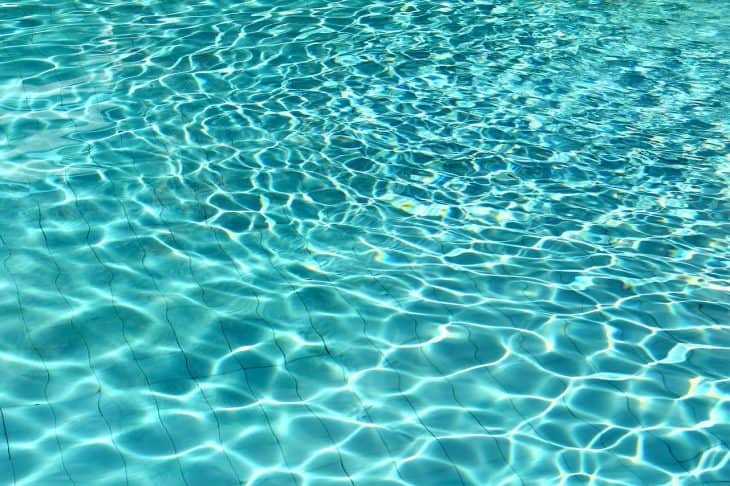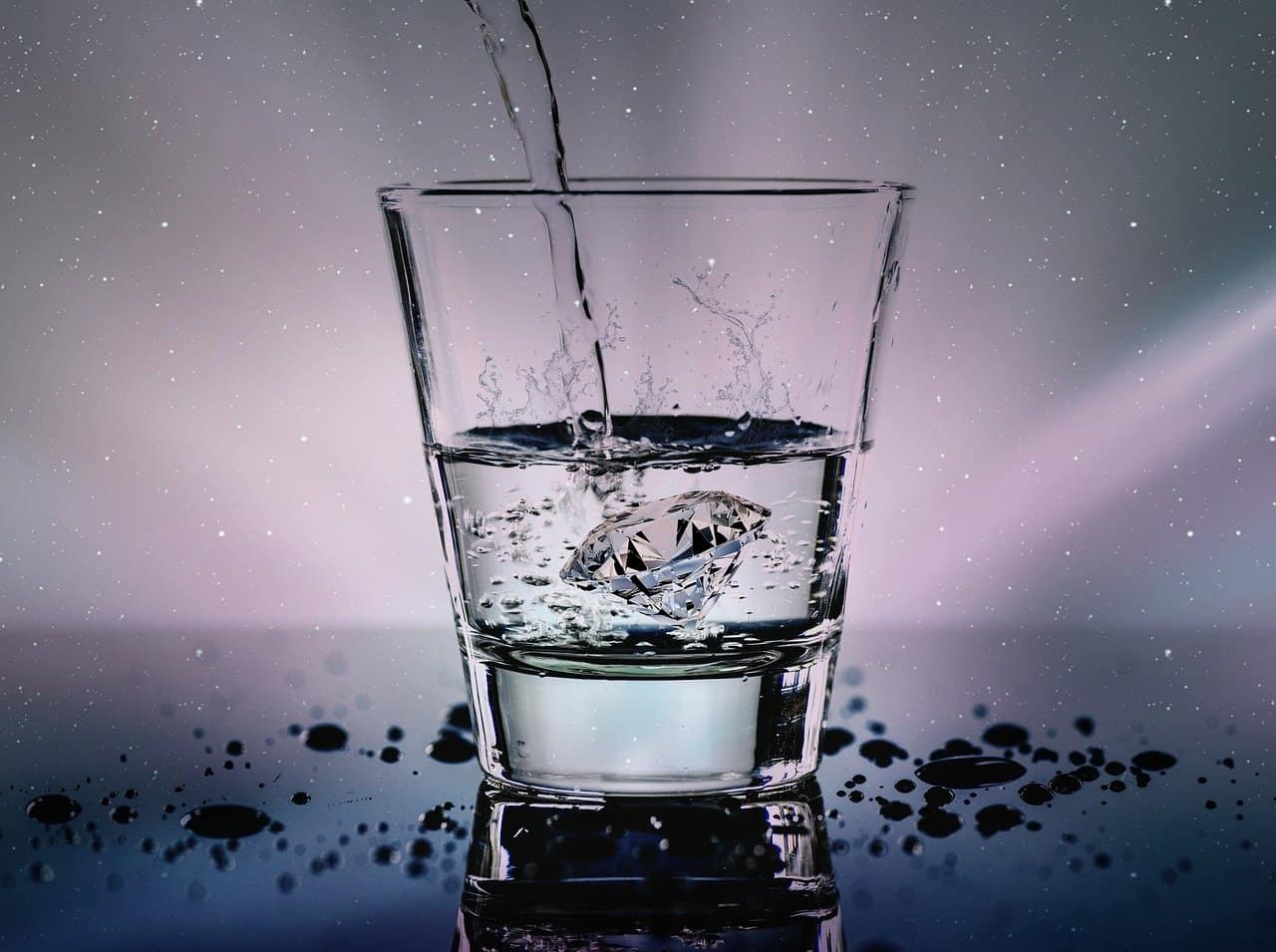
We use and encounter chlorine every day. Sometimes, we just don’t know it. To remedy that, here are the chlorine facts you have to know!
- Chlorine is part of the group of halogen elements.
- It is the 2nd lightest halogen after fluorine.
- It has a chemical element with atomic number 17 and the symbol Cl.
- Chlorine compounds have been using by man since ancient times.
- Pure chlorine is a greenish-yellow gas or liquid with a distinctive scent.
- Free chlorine exists as a dense, diatomic gas.
- Free chlorine on Earth is rare and is usually the result of oxygen oxidation by direct or indirect means.
- Chlorine is the 21st most abundant element in the Earth’s crust and 3rd most abundant element in the ocean.
- If chlorine would be released from the ocean, it would weigh 5 times more than our present atmosphere.
- In living organisms, chlorine is essential as it is also found in the human body which is chloride ion. The Chloride ion regulates osmotic pressure and pH and aids digestion in the stomach.
- Chlorine is used to keep drinking water safe, to bleach, to disinfect, to process textiles and to make several compounds.
- Chlorine is a yellow-green gas at room temperature and an element defined as a nonmetal.
- Chlorine compounds are being used in medicinal products, plastics, antiseptics, insecticides, food, paint, solvents and so much more.
- Pure chlorine is obtained mainly through saltwater electrolysis.
- Most public swimming pools contain between 1.0 and 3.0 parts per million (ppm) of chlorine to keep them clean.
- The boiling point of chlorine is -34.04°C.
- The melting point of chlorine is -101.5°C.
- The molar mass of chlorine gas is 70.906 grams per mole.
- There are two stable isotopes of natural chlorine: chlorine-35 and chlorine-37.
- Chlorine gas is toxic and heavier than air. It was used by the Germans in World War I in 1915 as a chemical weapon.
Chlorine is a reactive element.
Chlorine is an extremely reactive element that readily forms the -1 anion (a negatively charged ion when an atom gains electrons). Thus, chlorine can be found in compounds because of its extreme reactivity.
Chlorine was discovered by Carl Wilhelm Scheele.
Pure chlorine production started in the year 1774 when it was discovered by Carl Wilhelm Scheele (a Swedish Pomeranian and German pharmaceutical chemist). In his experiment, the reacted magnesium dioxide with Spiritus Salis (hydrochloric acid) formed a chlorine gas. Carl Wilhelm Scheele did not recognize this gas as a new element believing that it contains oxygen.
Humphry Davy gave chlorine its name.
From 1774 to 1811, people were convinced that the chlorine gas was a compound of oxygen until Humphry Davy (a Cornish chemist and inventor) determined the gas was an unidentified element and he finally gave chlorine its name. Based on the Greek word Khloros or Chloros, Humphry Davy gave the element its name on the basis for greenish-yellow and he suggested the name “chloric gas” or “chlorine.”
The first modern chemical bleaches were invented in 1799.

French chemist Claude Berthollet was the first one who proposed the use of commercial application of chlorine for bleaching in the year 1785. Later on, a modern chemical bleaches were invented by a Scottish chemist named Charles Macintosh in the year 1799.
The most harmful chlorine exposures are the result of inhalation.
The most harmful chlorine exposures are the result of inhalation. It is only a matter of seconds to minutes before the harmful health effects take place. The common symptoms of chlorine exposure are wheezing, difficulty in breathing, airway irritation, cough, chest tightness, eye irritation, and skin irritation.
Chlorine poisoning has no cure, though the chlorine's effects can be treated.
Chlorine poisoning has no cure, though the chlorine’s effects can be treated. To control the effects of chlorine exposure, immediately wash the eyes and skin with flowing water. However, people who experience severe health effects such as difficulty in breathing, severe eye or airway irritation, and pulmonary edema need to seek hospital care.
The first chlorination of the drinking water was in Jersey City, New Jersey.

Chlorination to the drinking water in the United States was first installed in New Jersey in 1908. People disinfected all drinking water in 1918 through the government’s order.
Most private swimming pools use sodium hypochlorite instead of chlorine.

Most of the private swimming pools do not use chlorine. One of the main disadvantages of using chlorine in the pool is that chlorine reacts with the skin and hair of the swimmers when overexposed. Most private pools use sodium hypochlorite or solid tablets of chlorinated isocyanurates instead.
Ammonia can detect chlorine leakage.
When ammonia and chlorine come into contact, it will form a white mist near the leakage. One should detect chlorine leakage immediately for safety.
The chlorine gas was a weapon during the Iraq War in 2007.
They have used truck bombs with mortar ammunition and chlorine tanks in the attack. This has resulted in the hospitalization of more than a hundred civilians due to difficulty in breathing.
Was this page helpful?
Our commitment to delivering trustworthy and engaging content is at the heart of what we do. Each fact on our site is contributed by real users like you, bringing a wealth of diverse insights and information. To ensure the highest standards of accuracy and reliability, our dedicated editors meticulously review each submission. This process guarantees that the facts we share are not only fascinating but also credible. Trust in our commitment to quality and authenticity as you explore and learn with us.
